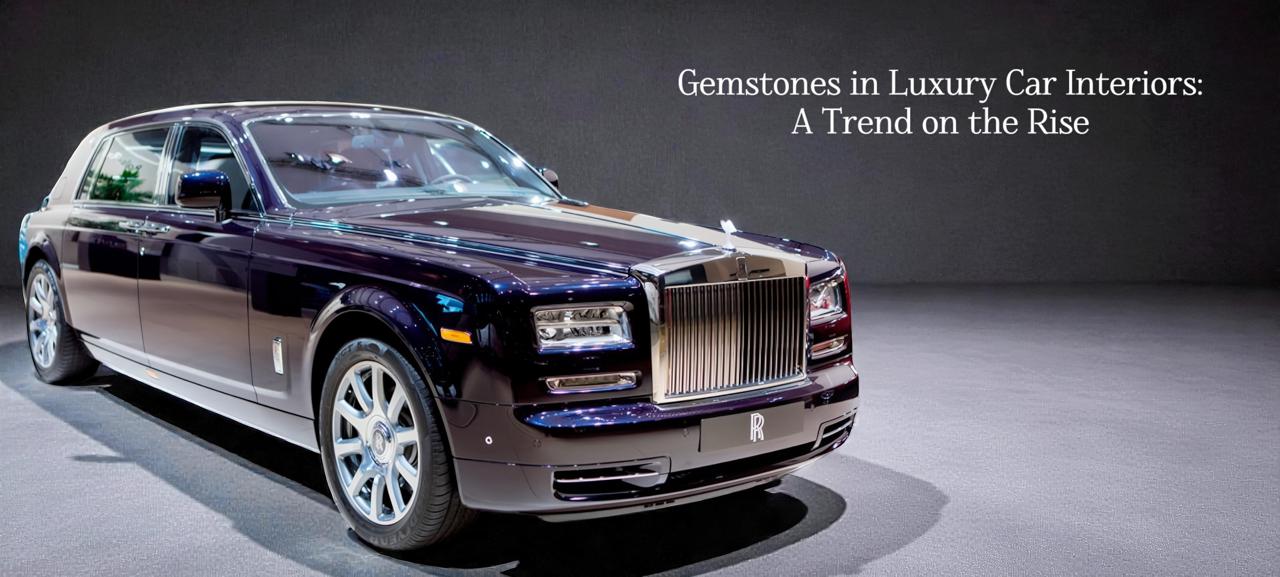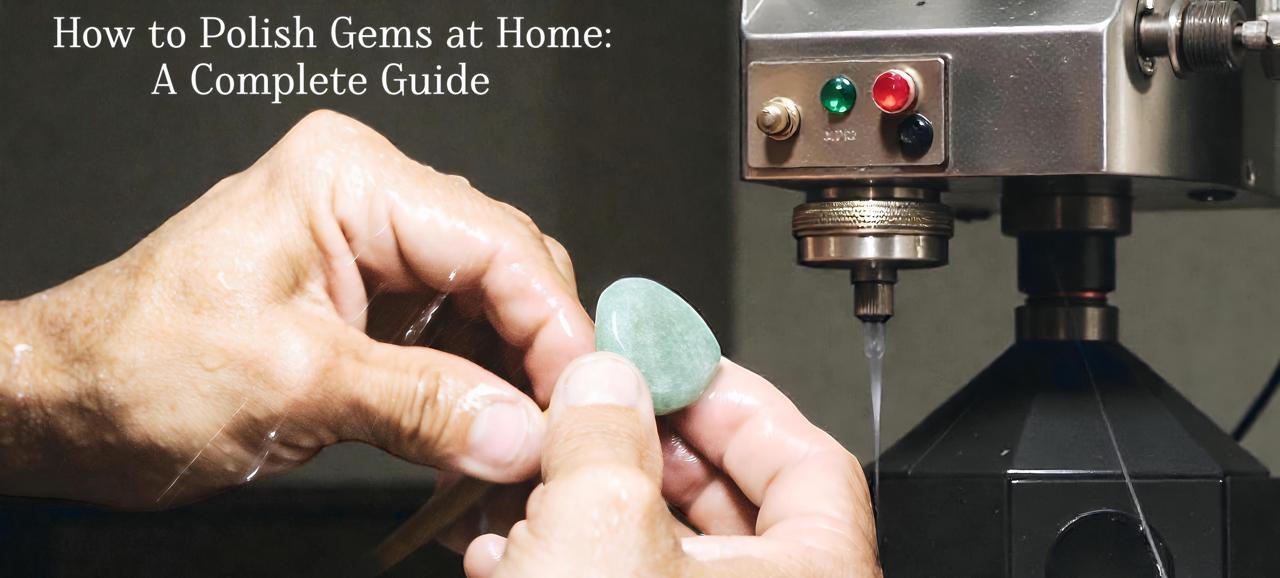 Categories
Categories 
When talking about natural green gemstones, emerald(Panna) is the first name that comes to mind. The color of this gem rivals many others in the market, leaving buyers confused. One such gem that looks similar to Panna is-the Peridot stone.
Understanding the difference between the two is essential. In Vedic astrology, the emerald stone is the primary gemstone and works as an effective remedy for Budh Mahadasha. It attracts wealth and offers the wearer prosperity.
Peridot stone, on the other hand, is suggested as its substitute. Since a high-quality emerald boasts a considerable price, its substitutes are usually worn. However, astrology says that mukhyratna takes less time to show its effects. Hence, knowing the difference between the main green gemstone and similar gems is essential. Read Here: What is the Difference Between Precious and Semi-Precious Stones?
Peridot and emerald are two different gemstones. They differ in almost all aspects except the main green color. Let's clear out the differences between the two
Emeralds come from the mineral beryl, a combination of beryllium, aluminum, silicon, and oxygen. Chromium gives this precious gemstone its green color. Peridot is a variety of olivine composed of fayalite and forsterite, with a depth of green depending on how much iron is present.
You can identify an emerald stone by its intense green color, which varies with its origin. Colombian Panna is the best quality, with a “forest green color” and a bluish tint. On the other hand, Zambian origins feature a deep green color. Read Here: Best Emerald Stone Color Chart
While both gems are broadly the same in color, they have a distinct shade of green; emeralds tend to have a deeper, more verdant hue, whereas peridots are lighter and olive-colored.
Peridot vs. emerald vs. jade in terms of clarity shows a high difference. Peridot stones have an eye-clean clarity. Their olive green color is well reflected because of the high clarity. Panna stone has natural inclusions called “Jardin.” This gives the stone a garden-like appearance from the inside. Read More here: A Study About Inclusions in Emeralds
Natural panna ratna of high clarity is hard to find and fetches high prices. Zambian emerald have good clarity compared to other origins. Jade, on the other hand, is translucent and can be easily differentiated from the other two green gemstones.
Peridot vs. emerald price: The former is much more affordable. The peridot price ranges from INR 500 to INR 1000. Panna stones are highly priced, especially those obtained from Colombia. The natural Pachu stone price ranges from INR 5000 to INR 3 lakhs and more. So, peridot is cheaper than emerald stone. Read Here: Emerald Stone Price Guide II
Panna is fair in toughness. Peridots are softer stones with a hardness of 6.5 on the Mohs scale. Compared to beryls, they are more vulnerable to wear and tear.
Peridot vs. Emerald astrology relates to their significance in planetary influence. Peridots are used as a substitute for Panna, while Emeralds are considered the main gemstone in Vedic astrology. A Panna stone ring benefits a person with good communication skills, wealth, and success.
It is believed that the powerful energy of the Pachu stone resonates around the wearer to give mental peace. Yes, you can wear peridot instead of emerald if you have a budget constraint. However, only the Panna stone can provide you instant astrological results for an ill-placed Mercury. It is considered the fast-acting gemstone in Vedic astrology. Read Here: Emerald Stone Benefits (Panna Gemstone)
In conclusion, if you are looking for instant astrological results, such as wealth, business profit, or marital happiness, you should buy certified emerald stone only.
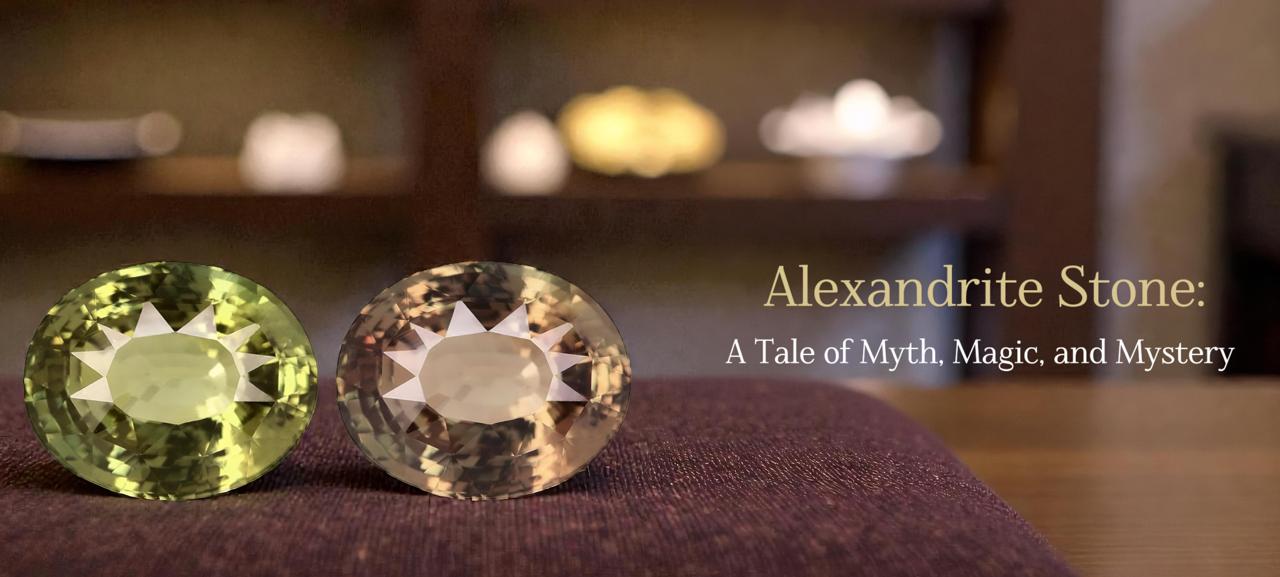
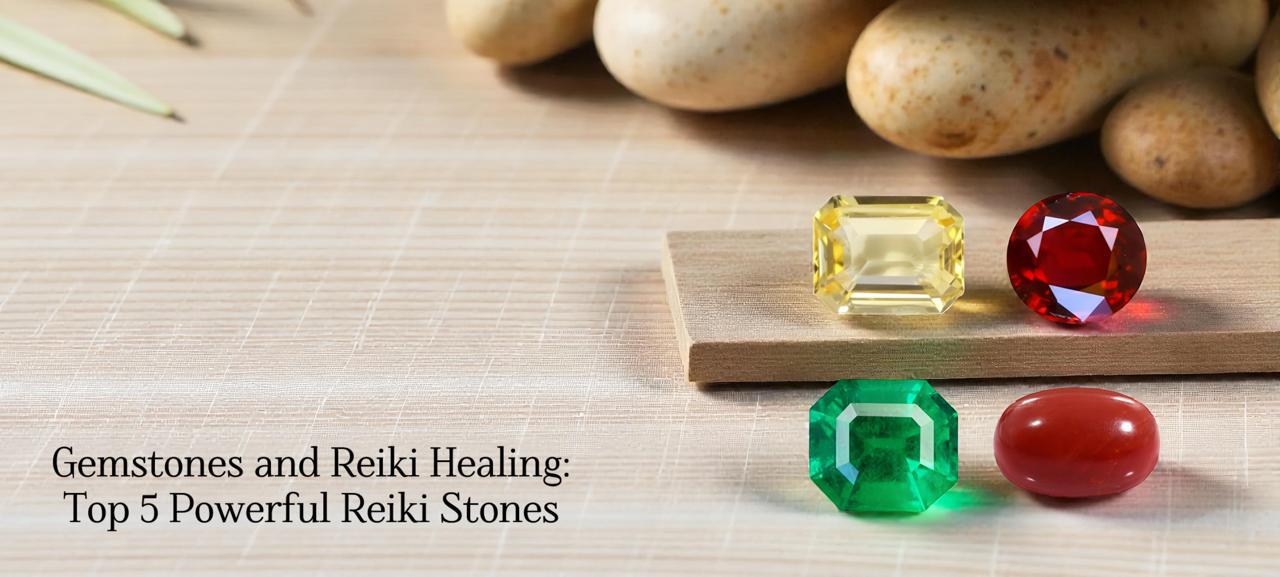
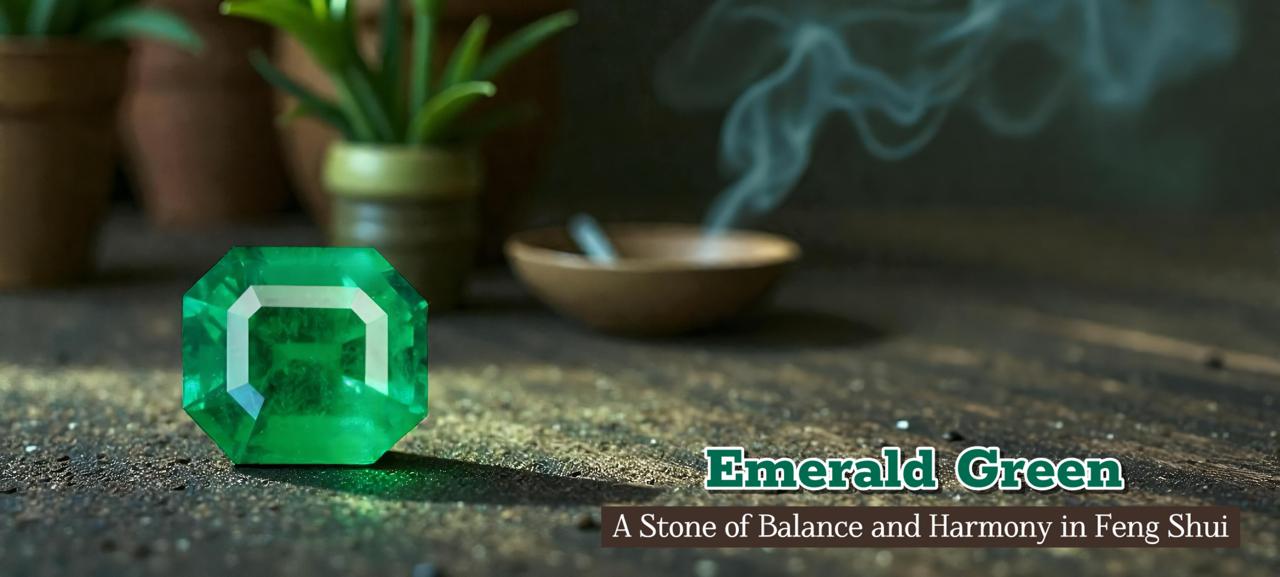
Emerald Green: A Powerful Feng Shui Stone for Balance and Harmony
December 15th, 2025